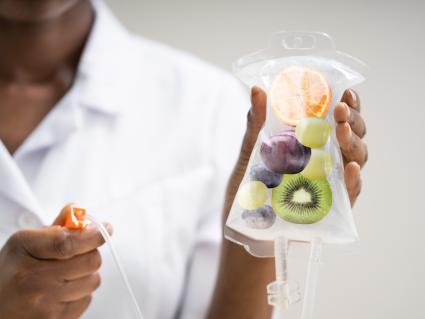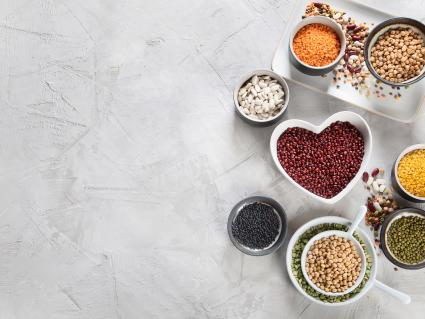Simple Dietary Techniques for IBS Management

Unfortunately many people around the world suffer from intestinal distress, also known as Irritable Bowel Syndrome (IBS). For many patients at the Stram Center, we are able to use food and supplements to help one manage their IBS. In recognition of IBS Awareness Month, below is some basic information on our dietary approach for IBS Management at the Stram Center. Also be sure to try the tasty IBS Smoothie below.
The causes of IBS can vary greatly person to person. That is why at the Stram Center we feel it is important to treat the person as an individual and work to treat a person as a whole, instead of focusing on one condition. We utilize many approaches to work to determine if any specific foods are causing IBS symptoms. Some of our techniques include: Food Sensitivity Testing, Elimination Diets, Low FODMAP diets, a Comprehensive Stool Analysis, a “Gut Healing Approach”, and food and symptom journaling.
One approach that works for many, but not for all, is increasing soluble fiber in the diet. Soluble fiber is a soft and fluffy fiber that absorbs extra liquid in the bowel, and also gently massages the intestinal lining. Soluble fiber can slow down digestion, and can greatly help with managing loose stools or diarrhea. Even if people suffer from constipation, soluble fiber many times can help soften the stool and ease passing of the stool. Soluble fiber also has the additional benefit of helping lower ones cholesterol.
Soluble fiber is found in a variety of foods, including: cooked orange starchy vegetables (pumpkin, sweet potato, winter squash, carrots, etc.), oatmeal, oat bran, bananas, peaches, plums, mangos, potatoes, turnips, beans, lentils, avocados, etc. Soluble fiber is also used in popular fiber supplements such as Metamucil and Psyllium husk. Try gradually increasing soluble fiber in your diet and monitor your IBS symptoms.
As everyone tolerates foods differently, it is important to gradually increase new foods in the diet. If you have never had the food before, try to eat a small amount at first and monitor your symptoms. While gradually increasing fiber in the diet, it is also important to increase your fluid intake. Increasing fluids will help to prevent symptoms such as bloating/cramping.
While there are numerous approached to IBS, it is important to find the one that works best for you. Try one approach at a time and monitor your symptoms. Increasing soluble fiber could be a great place to start to help you achieve a happy and healthy GI tract!
IBS Smoothie
Recipe by Eric C. Sharer, MPH, RD, CSO, CDN Serves 1-2
Ingredients:
8 ounces of soy, rice, almond, lite coconut milk or oat milk
½ cup canned peaches (or other cooked/canned fruit)
Or if tolerated, consider using fresh fruit such as banana or ½ cup canned pumpkin or other cooked orange starchy vegetables.
* If adding canned pumpkin to your smoothie, consider adding ¼ - ½ tsp. pumpkin pie spice (adjust according to your tastes) to give a pumpkin pie flavor
1 tsp. agave nectar/maple syrup, or several drops of liquid stevia (optional)
Start with 1 of the following. Add another serving of fat/protein if tolerated. Too much protein/fat can cause nausea, indigestion, or diarrhea.
1/5-1/4 avocado
1 tbsp. smooth nut butter
½ scoop plant based protein powder such as pea protein (equivalent to 10-14gm protein) or soft/silken tofu *Caution with protein rich foods. Monitor how you feel after the smoothie.
Directions:
1. Add all ingredients into a blender and blend until smooth.
**Some people may have an intolerance to soy, coconut, legumes, or tree nuts so monitor how you feel when using these foods. Beans and lentils can aggravate diarrhea, so use caution if your bowels are inflamed.





















